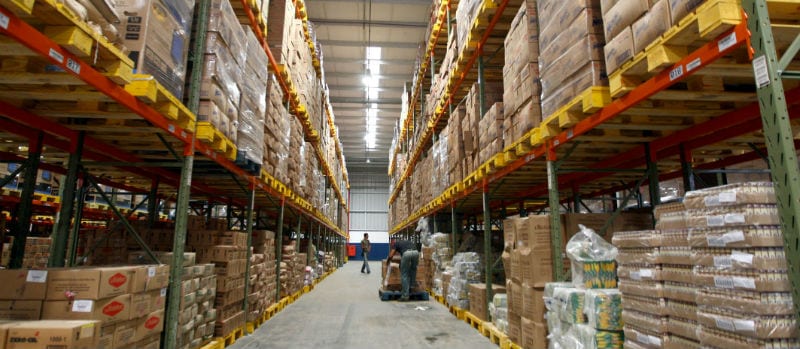Wireless Deployment in Industrial Settings: What You Need to Know

Each large deployment has it’s own way of best utilizing space and where wireless access points can and can’t go. Industrial environments can be particularly tricky because there are safety protocols in place, other radio signals coming through, and metals and other materials blocking the wireless signal from coming through. These things make it nearly impossible for the network to be working to it’s capacity at all times.
According to an article by Colin Geil of Red Lion Controls, this environment leads to about 5.26 minutes of downtime per year. This doesn’t sound like much, but in a industry where wireless connections are paramount to production, one small outage can disable connections that have to manually be fixed by your IT department in order to get back on track. While these outages are probably unavoidable, there are strategies and actions that can be taken in the initial network set up that can keep these outages few and far between.
“Building reliable control networks doesn’t necessarily require redundant wireless communications,” says Geil. “It does, however, require that all connected systems and processes are able to maintain control even in the event of a loss of backhaul communications.”
While this is true for most industries, it is especially true for Industrial settings because of the amount of Wi-Fi dependent coordination that needs to take place. On-site data logging, remote monitoring and control capabilities and redundant communication, are some of the redundancies that should be considered to get the most possible up-time.
With the SCADA (supervisory control and data acquisition) system in place, remote monitoring can be a big help in terms of tracking real-time process control. This can work with SCADA or as an independent control point. Storing data locally, especially operation critical data, is a necessary safety net to have in the event of an outage that way work can continue while IT troubleshoots the network.
Having a second way to communicate is also important when getting around the outages industrial environments can sometimes cause. Cellular routers can either serve as the main means of communication or as a way to keep in touch when an outage does occur.
The last thing you want is to face production issues or be forced to shut down. What you can do is add in a few things that may be “redundant” but can come in handy when you need to find a quick way to communicate with employees. Lack of communication and connectivity can be a huge safety concern as well as a production concern and having some of these things in place can save a lot of time and money.





















